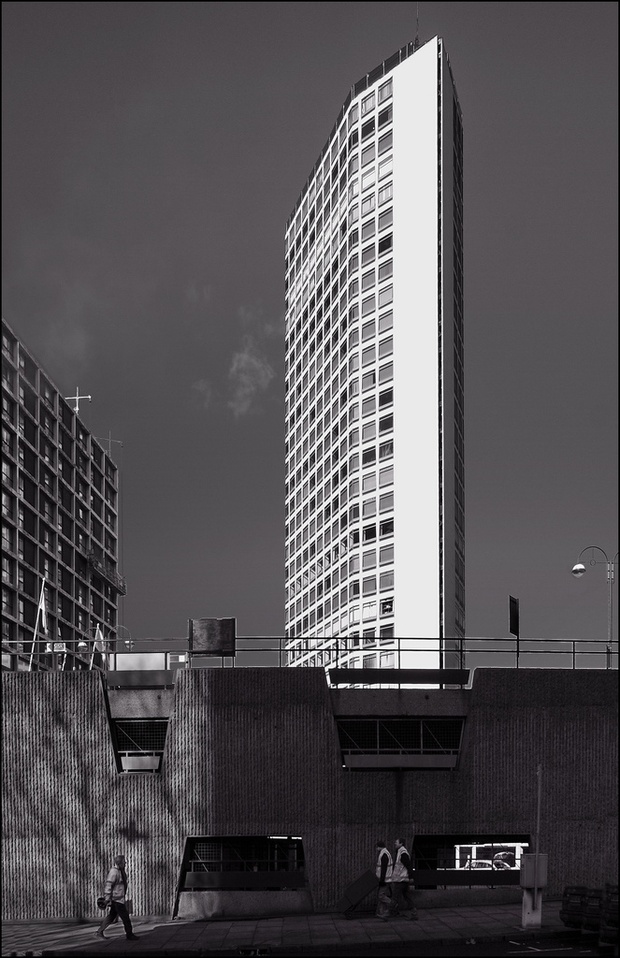Submitted by WA Contents
Preserving ’Historic’ Concrete becomes an important in England
United Kingdom Architecture News - Feb 02, 2015 - 18:19 2846 views

Alpha Tower in Birmingham (Ted and Jen/Flickr via CC License)
Here in Britain at least, cement has been deemed to be part of our heritage, too.
Sometimes I feel sorry for optimistic Americans touching down in my country for the first time. Fed on the sepia-toned products of Britain’s heritage industry, they arrive expecting twisting country lanes, weatherworn mansions and buildings so ancient that they totter when you slam the front door. They get these eventually, of course, but first impressions after London Heathrow are actually of sprawling highways, glass-clad tower blocks and lots of concrete.
Still, concrete is part of Britain’s heritage, too—an official part, in fact. This week, English Heritage (the conservation body that oversees England) listed 14 late 20th century office developments as historic monuments. The buildings, all constructed between 1964 and 1984, will now be protected from summary demolition or insensitive remodeling, standing as examples of the best architecture of their period. They include this 1973 London Flatiron, this muscular Richard Rogers-influenced office built in 1984, and this 1971 Liverpool bank building that resembles a modernist Christmas tree bauble. The buildings are mainly built on a small scale, though Birmingham’s wedge shaped Alpha Tower and this London building that looks like a hair-roller have also made the cut. They all have their unique something, no doubt, but given the period’s architectural unpopularity, are they really worth preserving?.......Continue Reading
> via citylab.com
